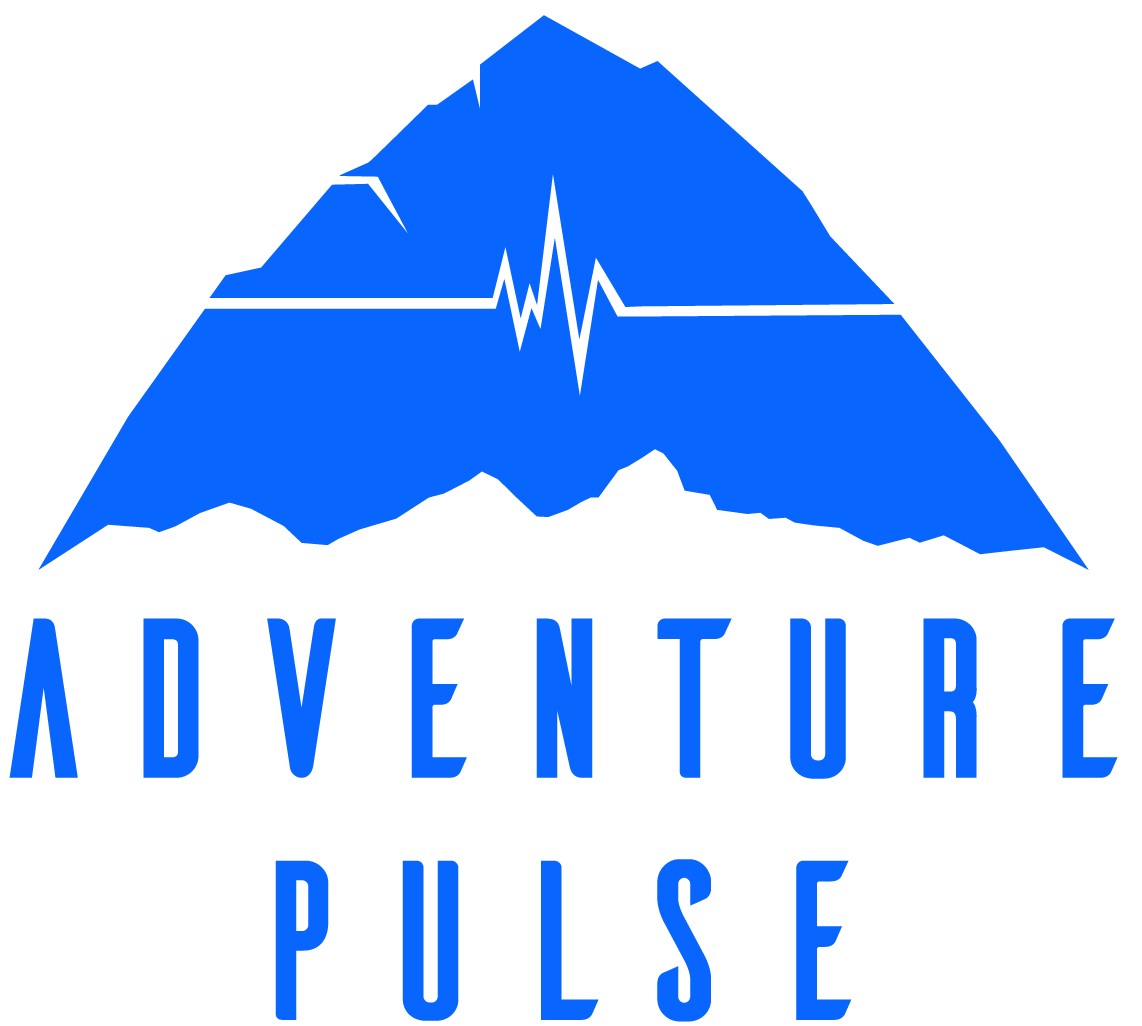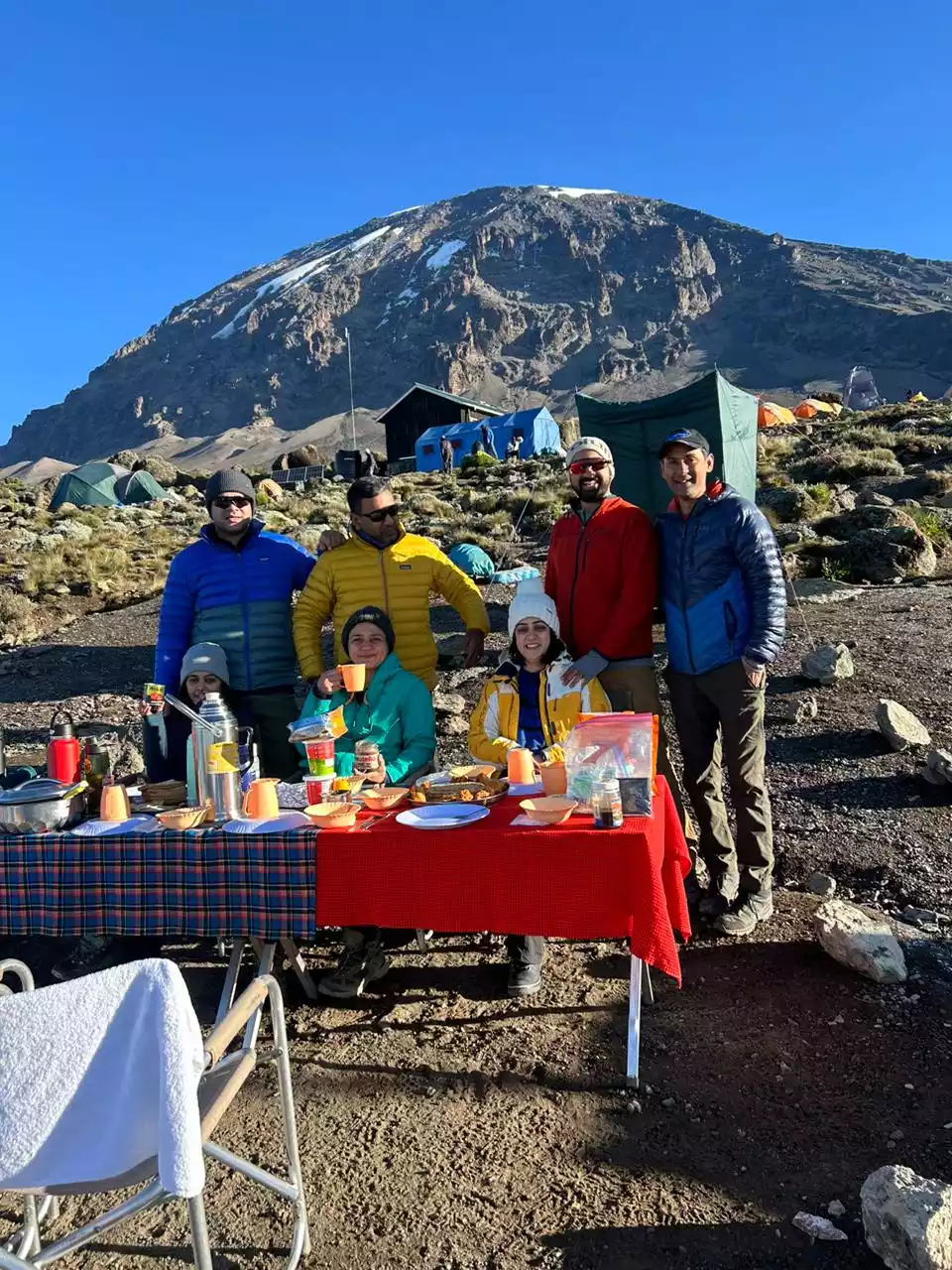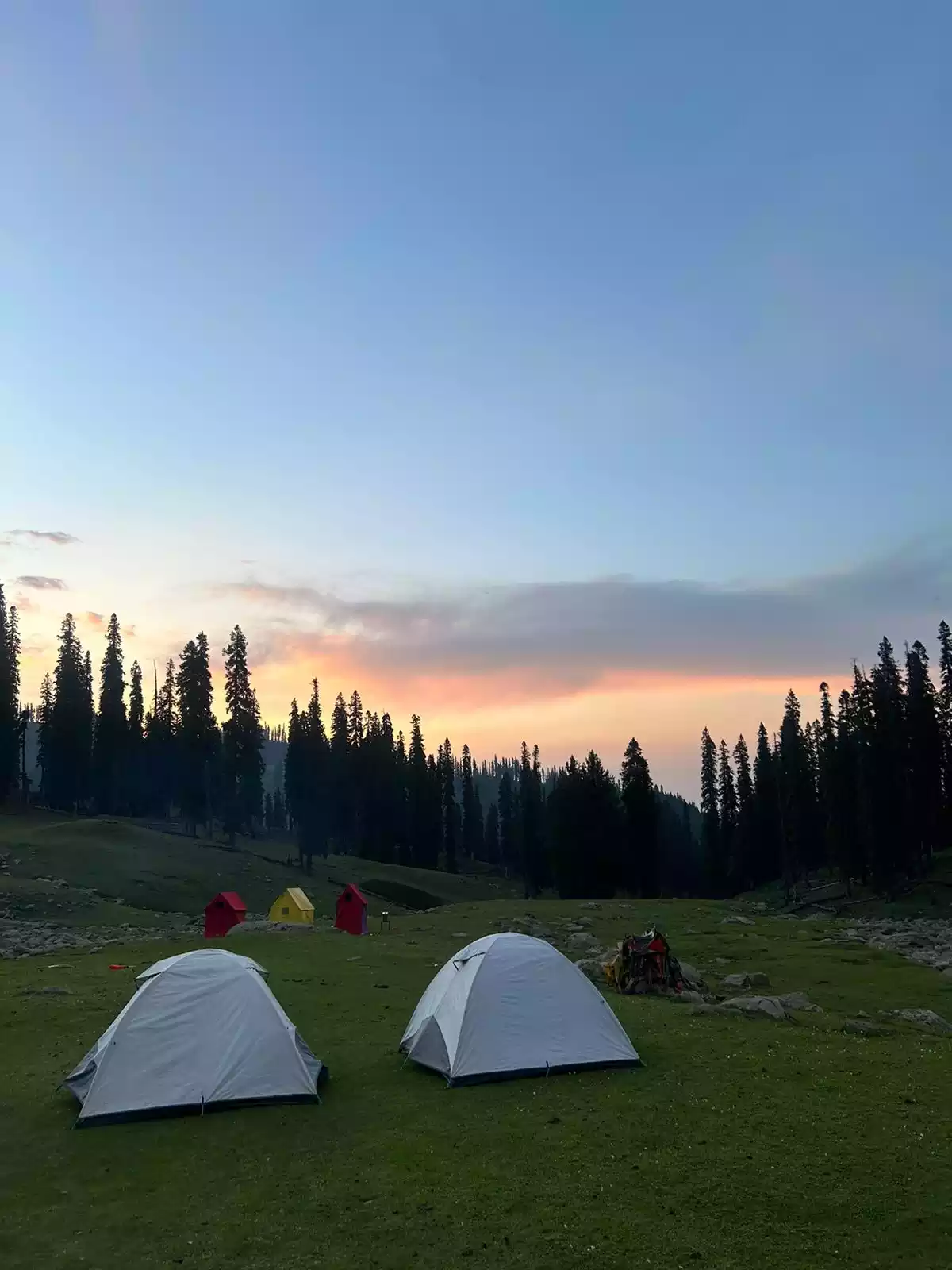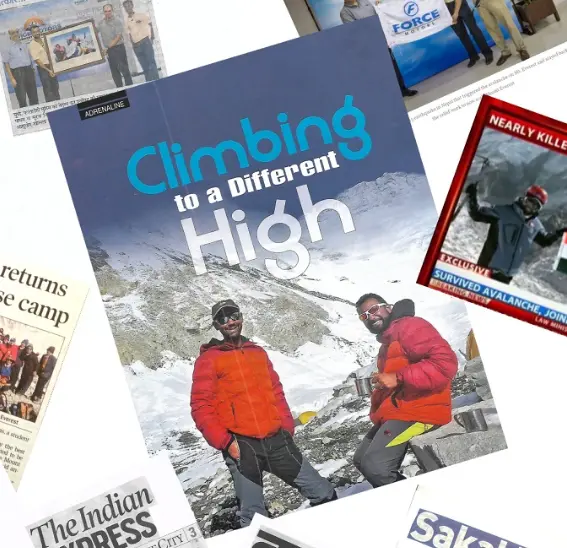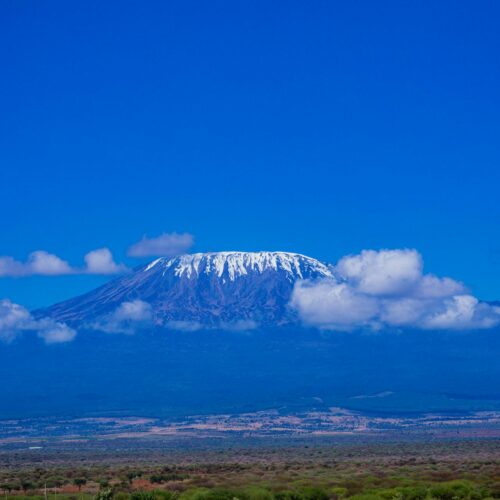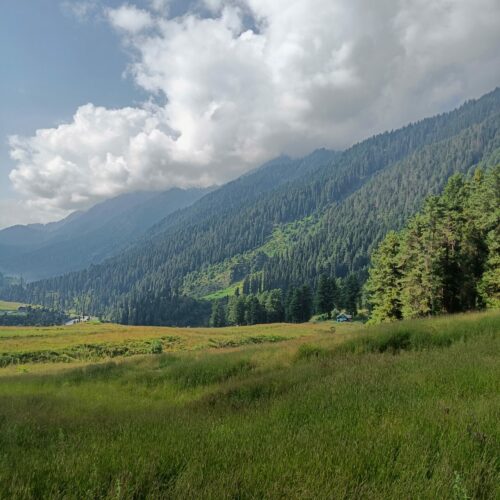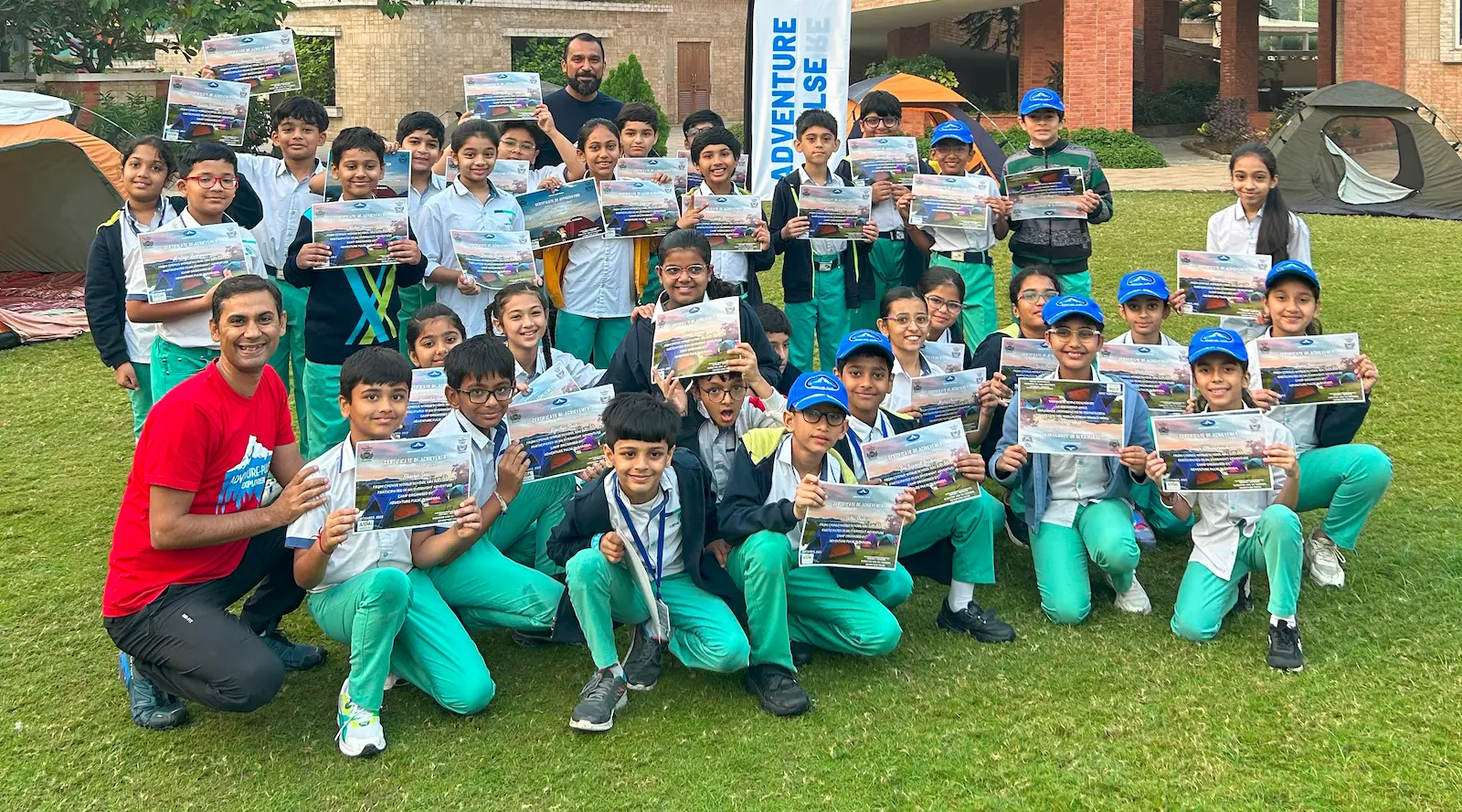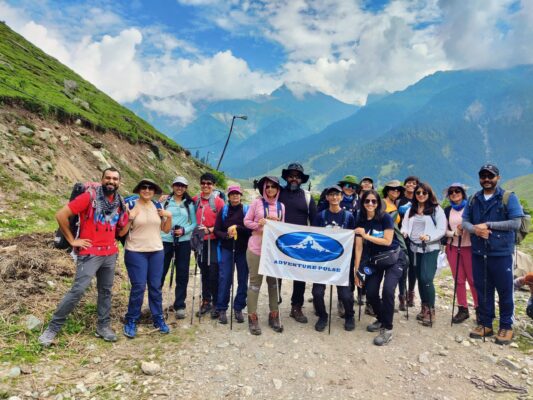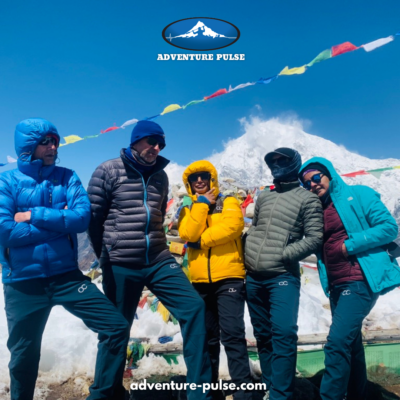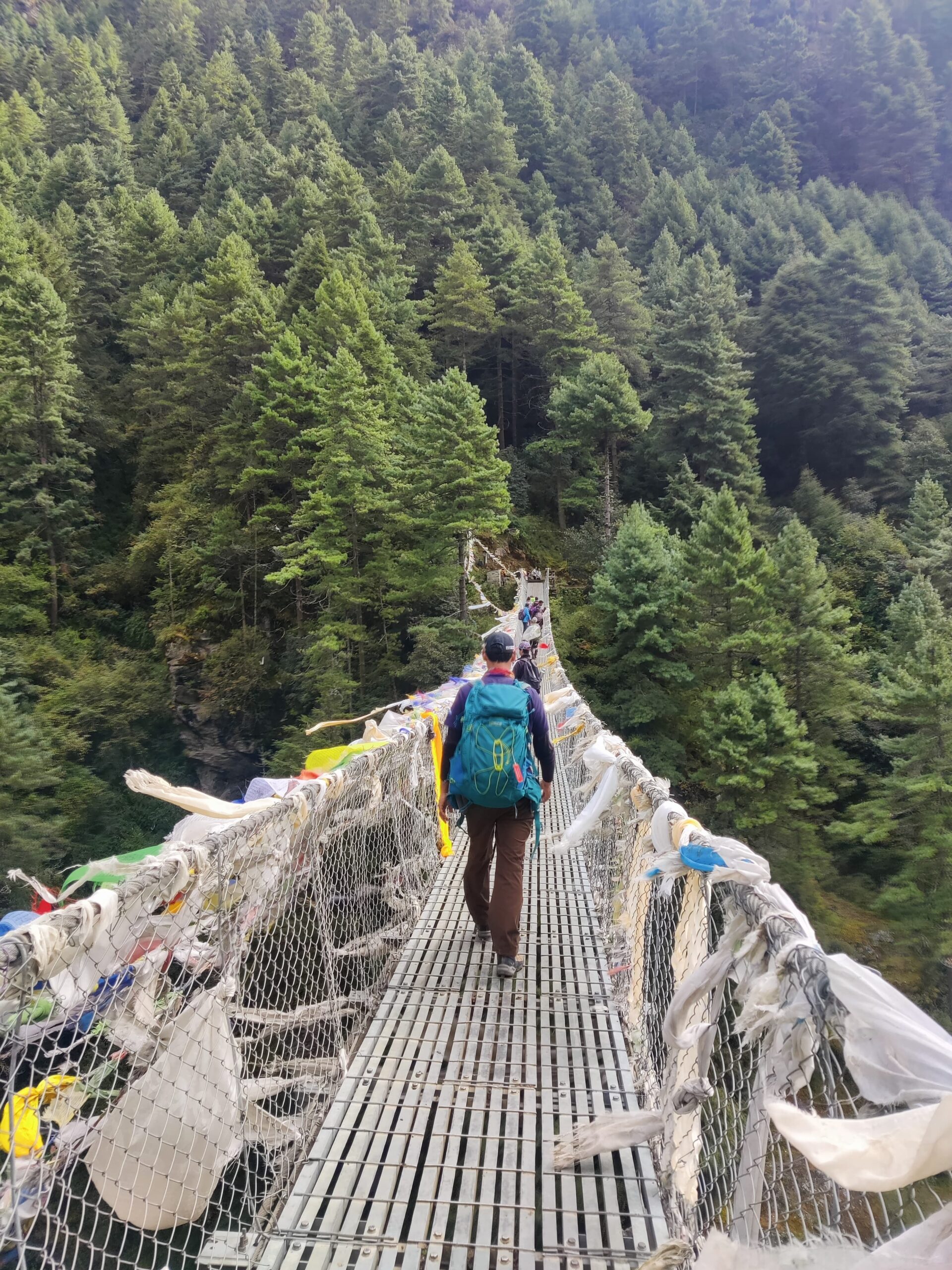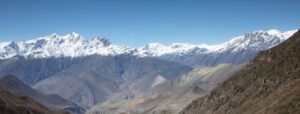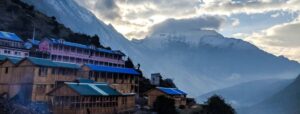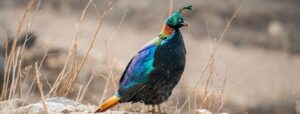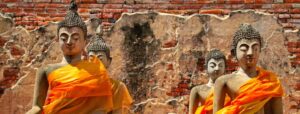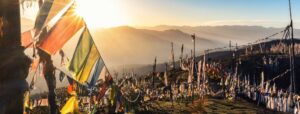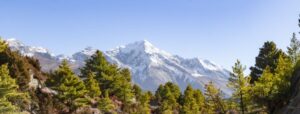Brief Itinerary
- Day 1 - Arrival in Kathmandu (Hotel)
- Day 02: Drive from Kathmandu to Besisahar (Kathmandu (1,300m / 4,265ft) – Besisahar (830m / 2,723ft)
- Day 03: Drive from Besisahar to Manang (Chame (2,725m / 8,940ft) – Manang (3,500m / 11,482ft)
- Day 04: Rest in Manang for Acclimatization (Manang (3,500m / 11,482ft):-
- Day 05: Trek from Manang to Tilicho Base Camp (Manang (3,500m / 11,482ft) – Tilicho Base Camp (4,150m / 13,583ft)
- Day 06: Trek to Tilicho Lake and back to Tilicho Base Camp (Tilicho Lake (4,920m / 16,138ft) – Tilicho Base Camp (4,150m / 13,583ft)
- Day 07: Trek from Tilicho Base Camp to Yak Kharka (Tilicho Base Camp (4,150m / 13,583ft) – Yak Kharka (4,090m / 13,418ft)
- Day 08: Trek from Yak Kharka to Thorong Phedi (High Camp / Yak Kharka (4,090m / 13,418ft) – Thorong Phedi (4,441m / 14,570ft)
- Day 09: Cross Thorong La Pass and trek to Muktinath (Thorong La Pass (5,416m / 17,769ft) – Muktinath (3,800m / 12,467ft)
- Day 10: Trek from Muktinath to Jomsom, explore Jomsom Valley (Muktinath (3,800m / 12,467ft) – Jomsom (2,720m / 8,924ft)
- Day 11: Morning flight to Pokhara
- Day 12: Fly to Kathmandu from Pokhara
- Day 13: Departure from Kathmandu
Inclusions & Exclusions
Trip Cost Includes:
- All tea house accommodation on double sharing basis.
- Ground Transport: Airport pickup and drop in groups, upon arrival and departure in Kathmandu (International and domestic both).
- Hotel Accommodation: 02 night's hotel accommodation in Kathmandu and 1 night in Pokhara with breakfast on twin sharing basis.
- Trekking Accommodation: 09 night’s guesthouse accommodation on twin sharing basis during the trek on full board service.
- Staff: 1 professional, licensed and English speaking mountain guide, porter to carry your personal luggage.
- Food during the trek (full board with breakfast, lunch and dinner and with tea/coffee | 1 order = 1 meal).
- All necessary trekking permits: Annapurna Conservation Area and Trekkers' Information Management System (TIMS) fee.
- Flight from Pokhara to Kathmandu.
- All transportation: Pokhara – Trekking – Pokhara.
- First aid medical kit, Oxymeter to check pulse, heart rate and oxygen saturation at higher altitude.
- All support staff
- Backpack offloading upto 12 kgs.
Trip Cost DOES NOT Include:
- Your international flight to and from Nepal.
- Travel insurance.
- Personal expenses such as laundry, telephone, internet/e-mail, etc.
- Expenses for medical evacuation.
- Bar and beverage bills.
- Tips for guide, porter.
- Single occupancy hotel room.
- Single occupancy and/ attached bathroom rooms in tea houses.
- Any expenses arising out of change of weather / delays of Force Major, government policy / regulation by loca authorities etc.
- Any expenses arising out of early arrival from the trek due to medical or personal reasons.
Things to carry
Download as PDFExtreme temperature variations, high altitude, snow glare & proximity to sun are certain factors which necessitate the need to for proper mountaineering equipment. In order to enjoy your experience in the mountains, we have recommended that you carry the following with you.
Apparel
- Thermal Inners - At least 1 pair of Top and Leggings
- 5 to 6 t-shirts or long-sleeve shirt (cotton / dryfit)
- 2-3 pairs of trekking pants (no denim!)
- 1 Sweater/Sweatshirt
- 1 Fleece Jacket
- 1 Down Jacket
- 1 Waterproof Layer like raincoat or wind-cheater
- 1 pair of hiking boots
- 1 pair of comfortable sandals/floaters/sneakers
- 6-8 pairs of cotton socks (for day)
- 2 pairs of thick/woollen socks (for night)
- Gloves - liner and outer
- Micro spikes (may be needed to cross over the pass). Can be bought by trekkers in Kathmandu.
- Sun hat
- Woollen cap
- Buff
Accessories
- Duffel bag / Rucksack (60L+)
- Daypack / Backpack (20-30L capacity)
- Sleeping bag (can be bought or rented by trekkers in Kathmandu)
- 2x 1L Bottles (to carry drinking water)
- Torch + Batteries / Headlamp
- Knee/Ankle/Wrist Guards
- Trekking Poles
- Sunblock
- Sunglasses
- Moisturiser
- Hand Sanitiser
- Personal Medical Kit
- Personal Toiletries Kit and toilet paper
- Snacks!
Fitness
Download as PDFThere are three main aspects of training to focus on – strength training, cardiovascular training, and trekking + trekking alternatives.
- Strength training involves training different muscle groups, so that they can become stronger. There are different exercises for each muscle group, and working them all out 2x-3x a week should be enough to help you get comfortable trekking.
- Legs / lower body - exercises like squats, glute bridges, step ups and leg presses with help you develop stronger muscles in the lower body.
Core - Exercises like planks, bicycle crunches and leg raises can help with core stability; Pilates is also a core-intensive type of workout that will help.
Upper body - Bodyweight exercises like push-ups, pull-ups and dips will help develop these muscles. You can also use resistance bands or light weights to develop them further.
- It’s vital to do plenty of cardio training before your trek, so that you can get the most out of your experience
- Running - This is the most recommended form of cardio activity, as it activates a lot of the same muscles as trekking. Being able to run 10km in 60 minutes will allow you to get the most out of your trek.
Cycling / Swimming - If you have knee issues, or don’t enjoy running, you can also opt for cycling and swimming. Being able to cycling 30-50km or swim for 30-40 minutes, thrice a week, should be good to help you with treks like EBC.
HIIT training / Crossfit - Another option to level up your cardio training is to opt for high intensity aerobic exercises like HIIT or Crossfit, 2-3 times a week
The aim is to get your heart rate up, so you do not get winded on long days of trekking
- Hiking
Try to get outdoors and go for a hike on the weekends! Uphill trails of 4-8 kilometres are will help you get used to trekking. Make it a point to carry a loaded backpack, and walk in your trekking shoes.
- Hiking Alternatives
Climbing stairs, and using the treadmill or stairmaster on an incline, will help prepare you for treks. Make it a point to carry a loaded backpack so that you can get used to the extra weight; and use your trekking boots, so that you can break them in and walk comfortably.
- If you’re confused with all this information, no need to worry! The most important thing with training is consistency, and staying injury-free. Your training week should ideally have
Strength training - 3 sessions
Cardio training - 3 sessions
Hiking - 1 long session, best on the weekends
Rest and stretching - at least 1 day
FAQs
Annapurna Circuit Trek
What kind of Physical shape do I need to be in to trek to the Annapurna Circuit?
This trek into the Annapurna National Park is strenuous but does not require any previous trekking, mountaineering or technical climbing experience; only that you be in good physical conditioning. The trek requires you to be able to hike for 4-6 hours over hilly terrain with a light day pack for 10 days. Good cardio-vascular conditioning and exercises for muscles that are used to hiking will make your trip much more enjoyable. You will climb to a maximum height of 4160 m, where the impact of cold and thin air can definitely be felt.
What are the Entry & Exit Points for the trek?
You make your arrival to the city of Kathmandu, the capital city of Nepal. We receive you at the International Airport at kathmandu, spend the day in Thamel in Kathmandu. Next day, we drive to Besisahar and spend another night there. On Day 3 we drive from Besisahar to Chame and then from Chame we start trekking on Day 4.
We trek through the Annapurna National Park, making our way past incredible mountains, to finally finish the trek and arrive at the city of Pokhra. After spending a day in Pokhara, we fly back to Kathmandu.
What are the accommodations like in Kathmandu and while trekking?
In Kathmandu we will be staying in a 3 star Hotel or Guest House in Thamel, Katmandu often referred to as a trekker’s paradise. On the trek we will be staying in a combination of clean and friendly Sherpa Lodges /Tea Houses. This is popularly referred to as a Tea House trek, as opposed to a camping expedition.
Do I need any special Equipment or climbing gear during this trek?
No, as the trek does not involve any technical climbs, no special climbing equipment is required. A rucksack (60-70 lts), good pair of Climbing shoes, a warm jacket and a pair of thermals are good enough. Also we will be sending you a comprehensive mail on the list of Items to be carried which will help you pack Rucksack better.
What is the Communication system available on the way?
There are different ways to be in touch with your Family. You can purchase a local Prepaid SIM Card at the International airport. If you have a Mobile with International Roaming on it, your Phone will work through most of the trek so you can easily be in touch with your Family. Post which, most of the tea Houses we stay in have the facility of purchasing Wi-Fi. You can call your family every day during the course of the trek. Although the prices for these facilities may vary from a minimum of 500 Nepali rupees to 1500 Nepali rupees per minute. Also please remember, the network connectivity can fluctuate given the remoteness and weather conditions.
Can you give an example of a typical Breakfast, Lunch & Dinner on the way?
The Meals are freshly prepared in the Tea Houses that we stay in. Typical Days Meals – • Breakfast – Porridge, Two eggs, toast with jam or Butter and Hot tea/coffee/ Chocolate. • Lunch – Rice with Lentils & Vegetables commonly known as Dal Bhat Tarkari, Choice of Fried Rice or Noodles. • Dinner – Choice of Soup, Mashed potatoes, Choice of Noodles/fried Rice and Hot Drinks.
Will I be able to take showers/bath on the course of the trek?
Yes there are hot water showers available on most of these tea houses that we would be staying in. You can avail of these facilities at an average rate of 500 to 1000 Nepali rupees for a 10 minute shower. But usually after the 3rd/4th Day, you yourself would want to avoid it because of dropping temperatures and biting cold outside.
What is the medical / emergency precautions taken en-route?
Adventure Pulse requires each of its clients to provide a medical fitness document before joining the group. Our crew is well qualified for any First-Aid procedures if required on the way. In addition a comprehensive Medical & first Aid kit is carried at all times. There are Medical stations available en-route in case of an emergency evacuation can be done with Horses and guide support which can be made available on actuals. When we ascend above 2500 meters our bodies have to acclimatize to the decreasing amount of the oxygen available. To allow our bodies to adjust and to avoid any such situations, we have added acclimatization and rest days in the itinerary. Personal Adventure Travel Insurance can also be purchased, which includes helicopter evacuation in case of a medical emergency.
What would a typical day be like?
You will be woken in the morning by 5:45 to 6:00 am. Breakfast and hot beverage would usually be served in the dining room of the tea house by 6:30 am. Before breakfast you pack your gear into your duffel bags or rucksacks which are then taken by the porters and will not usually be available to you until the next teahouse that afternoon. We are usually on the trail between 7.00 am and 7.30 am to avoid the heat of the noon and to reach our destination by lunch time. Following a good morning's walk, we stop for tea at around 11 am. This is usually a 30 – 60 minute break to allow for the trekkers to relax and catch their breath. The subsequent walk is generally a little shorter and next destination is usually reached by around 2 pm to 3 pm. Once we have our next destination, tea is served. Washing water is available to wash at the end of the trek day, but it will be cold. Until dinner, there is time to rest, explore the surrounding area and villages or sit and chat with the crew and local people. Dinner is usually served around 6 pm to 7 pm. Trekking evenings afford some of the best memories of your trek, whether it is talking, playing cards, chatting with the crew or joining in some singing and dancing with the local people, it is always a special time.
Featured Blog Posts
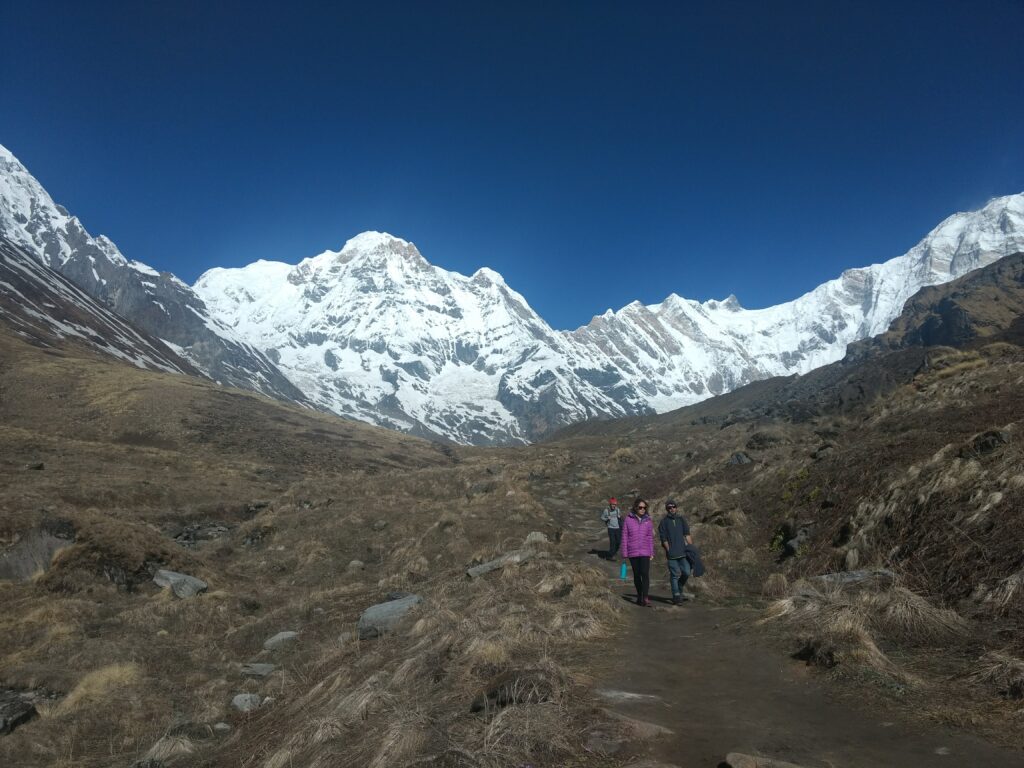 Ultimate Guide to Annapurna Base Camp – One of the best popular Treks in Nepal - Trekking in Nepal: Nestled in the heart of the mighty Himalayas, Nepal attracts nature and adventure lovers with its picturesque…
Ultimate Guide to Annapurna Base Camp – One of the best popular Treks in Nepal - Trekking in Nepal: Nestled in the heart of the mighty Himalayas, Nepal attracts nature and adventure lovers with its picturesque… 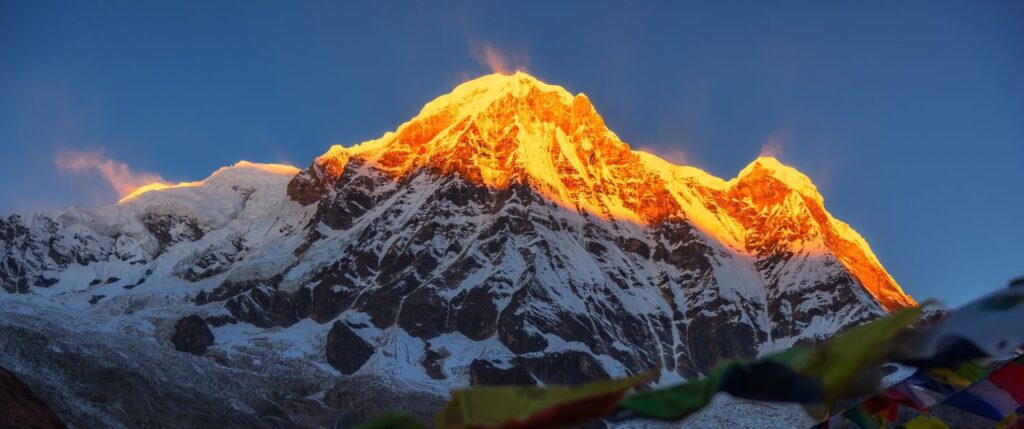 Part 2: Annapurna Base Camp vs. Annapurna Circuit- Which to choose? - Overview Both the Annapurna Base Camp and the Annapurna Circuit Trek offer breathtaking adventures that draw thousands of trekkers to…
Part 2: Annapurna Base Camp vs. Annapurna Circuit- Which to choose? - Overview Both the Annapurna Base Camp and the Annapurna Circuit Trek offer breathtaking adventures that draw thousands of trekkers to… 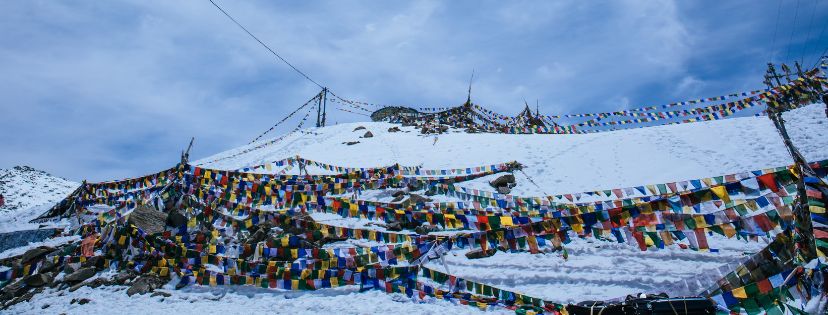 Annapurna Circuit Nepal: Reasons Why this is a bucket-list Adventure! - Introduction Nepal is home to some of the tallest mountains in the world. Its breathtaking landscapes have drawn countless trekkers…
Annapurna Circuit Nepal: Reasons Why this is a bucket-list Adventure! - Introduction Nepal is home to some of the tallest mountains in the world. Its breathtaking landscapes have drawn countless trekkers…  Annapurna Circuit Trek, Nepal – Pages from a Trekker’s Dairy - The Annapurna Circuit Trek in Nepal was one of those journeys I had dreamed of. I had heard so much…
Annapurna Circuit Trek, Nepal – Pages from a Trekker’s Dairy - The Annapurna Circuit Trek in Nepal was one of those journeys I had dreamed of. I had heard so much…
